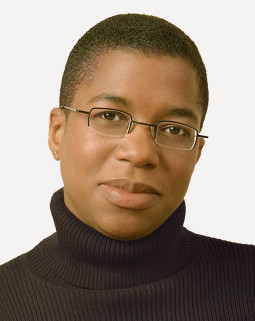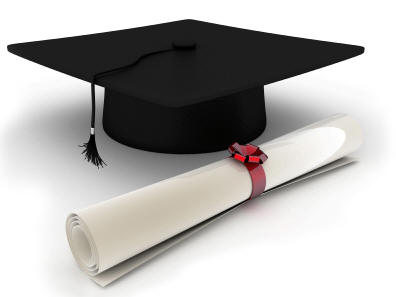 With graduation season upon us, today’s edition of How on Earth is our annual “Graduation Special”. Our guests in the studio today are scientists who have or will soon receive their Ph.D. in a STEM-related field. They talk about their thesis research, their grad school experiences, and what they have planned next.
With graduation season upon us, today’s edition of How on Earth is our annual “Graduation Special”. Our guests in the studio today are scientists who have or will soon receive their Ph.D. in a STEM-related field. They talk about their thesis research, their grad school experiences, and what they have planned next.
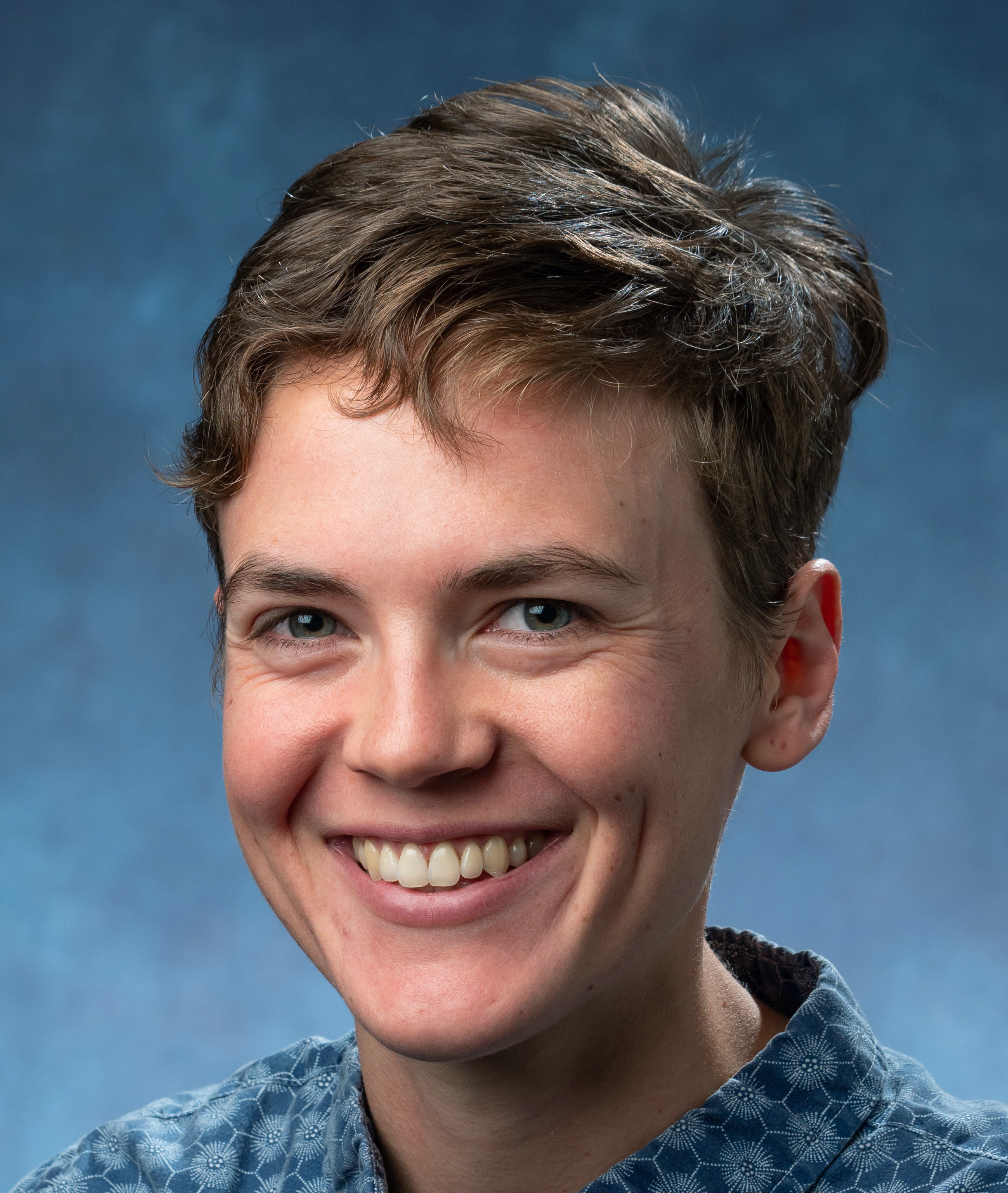
Kate Doubleday – CU Boulder, Electrical, Computer & Energy Engineering
Topic: Development and Application of Probabilistic Solar Power Forecasts for the Day-Ahead Unit Commitment
 Jason Silver – CU Boulder, Chemical and Biological Engineering
Jason Silver – CU Boulder, Chemical and Biological Engineering
Topic: The Role of Stiffness and YAP/TAZ Mechanotransduction during Muscle Regeneration
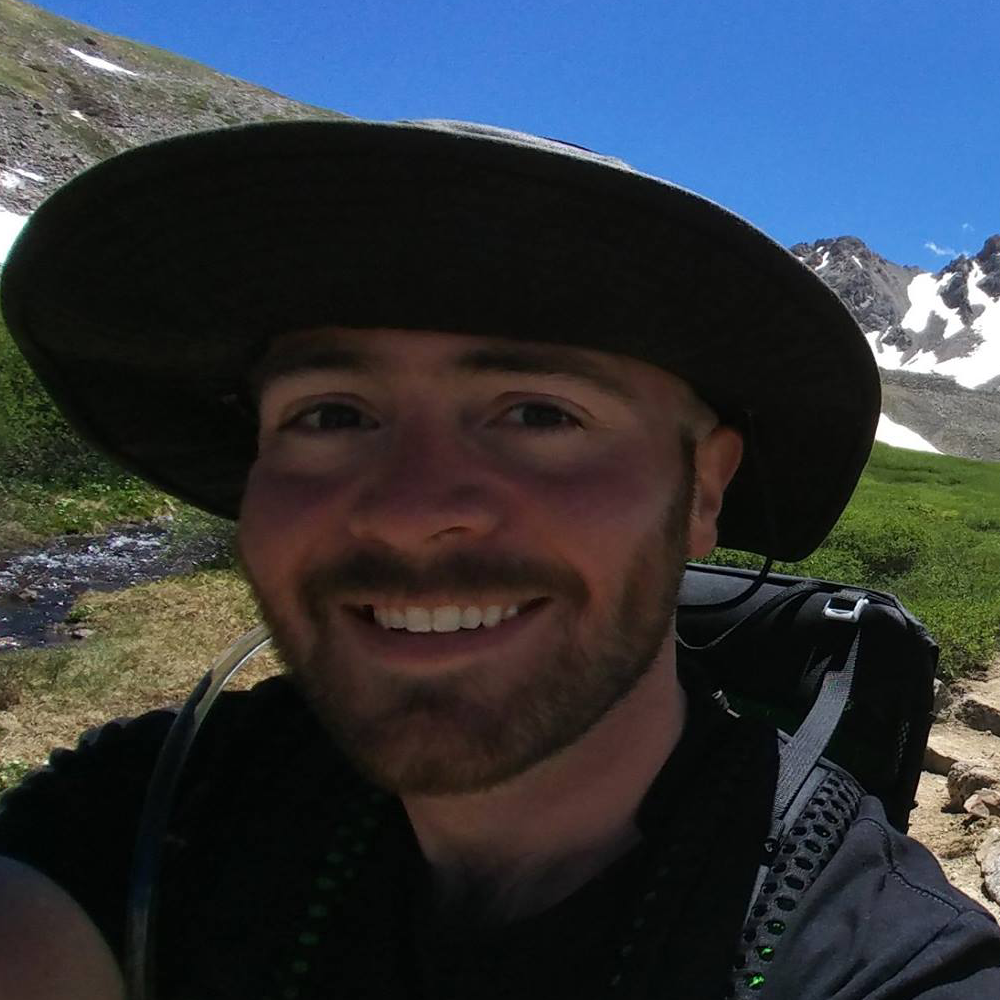 Zach Ulibarri – CU Boulder, Physics
Zach Ulibarri – CU Boulder, Physics
Topic: Experimental Studies of the Genesis and Detectability of Complex Organic Molecules and Isotopic Ratios in Hypervelocity Impact Ice Spectra
Host / Producer : Joel Parker
Listen to the show:
Podcast: Play in new window | Download (Duration: 27:23 — 37.6MB)
Subscribe:
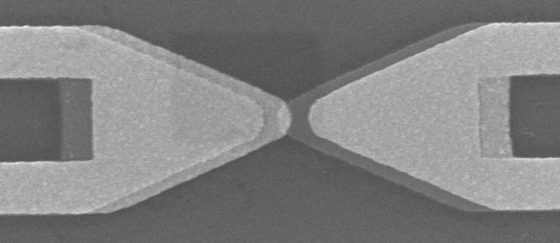



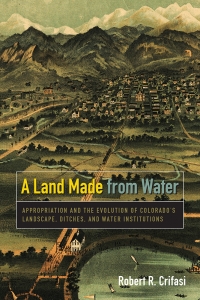
 Today on How on Earth, Beth replays a timely interview with Boulder author Bob Crifasi, a long time water resource manager. His book, on the history and consequences of Front Range water use, is especially relevant now during our longterm drought.Bob works in water management and planning and is an environmental scientist with over 25 yr experience. He was the Water Resources Administrator for the city of Boulder’s Open Space and Mountain Parks Dept. He has served on board of directors of 11 ditch companies and as the president of several, supervising all aspects of ditch operation. We talked about his book,
Today on How on Earth, Beth replays a timely interview with Boulder author Bob Crifasi, a long time water resource manager. His book, on the history and consequences of Front Range water use, is especially relevant now during our longterm drought.Bob works in water management and planning and is an environmental scientist with over 25 yr experience. He was the Water Resources Administrator for the city of Boulder’s Open Space and Mountain Parks Dept. He has served on board of directors of 11 ditch companies and as the president of several, supervising all aspects of ditch operation. We talked about his book, 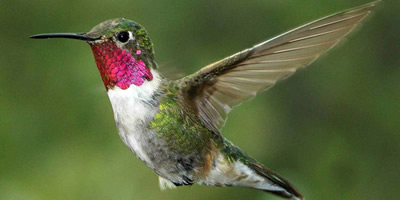

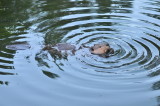
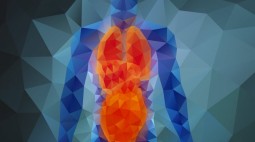
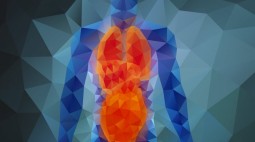 In this week’s show, Beth talks with epidemiologist Genevieve Wojcik. We spoke about her work standardizing what is called the Polygenic Risk Score. This is a composite risk factor, extracted from information on many individual genes that can contribute to a disorder or genetic character. To find out more about her research visit her
In this week’s show, Beth talks with epidemiologist Genevieve Wojcik. We spoke about her work standardizing what is called the Polygenic Risk Score. This is a composite risk factor, extracted from information on many individual genes that can contribute to a disorder or genetic character. To find out more about her research visit her 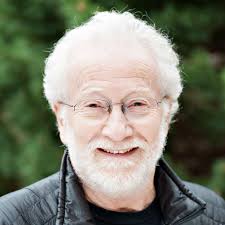


 With graduation season upon us, today’s edition of How on Earth is our annual “Graduation Special”. Our guests in the studio today are scientists who have or will soon receive their Ph.D. in a STEM-related field. They talk about their thesis research, their grad school experiences, and what they have planned next.
With graduation season upon us, today’s edition of How on Earth is our annual “Graduation Special”. Our guests in the studio today are scientists who have or will soon receive their Ph.D. in a STEM-related field. They talk about their thesis research, their grad school experiences, and what they have planned next.
 Jason Silver – CU Boulder,
Jason Silver – CU Boulder,  Zach Ulibarri – CU Boulder,
Zach Ulibarri – CU Boulder, 
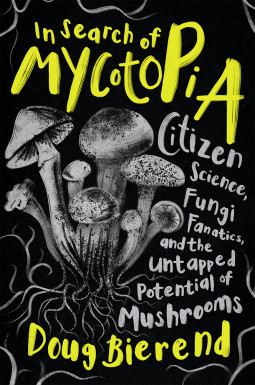 On this week’s show, Beth talks with author Doug Bierend about his new book,
On this week’s show, Beth talks with author Doug Bierend about his new book, 
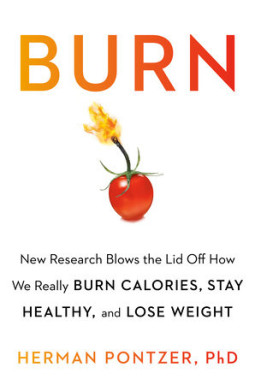
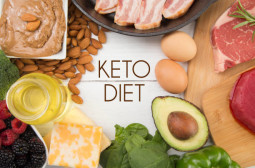
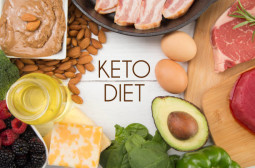

 This week on How on Earth we speak with
This week on How on Earth we speak with 